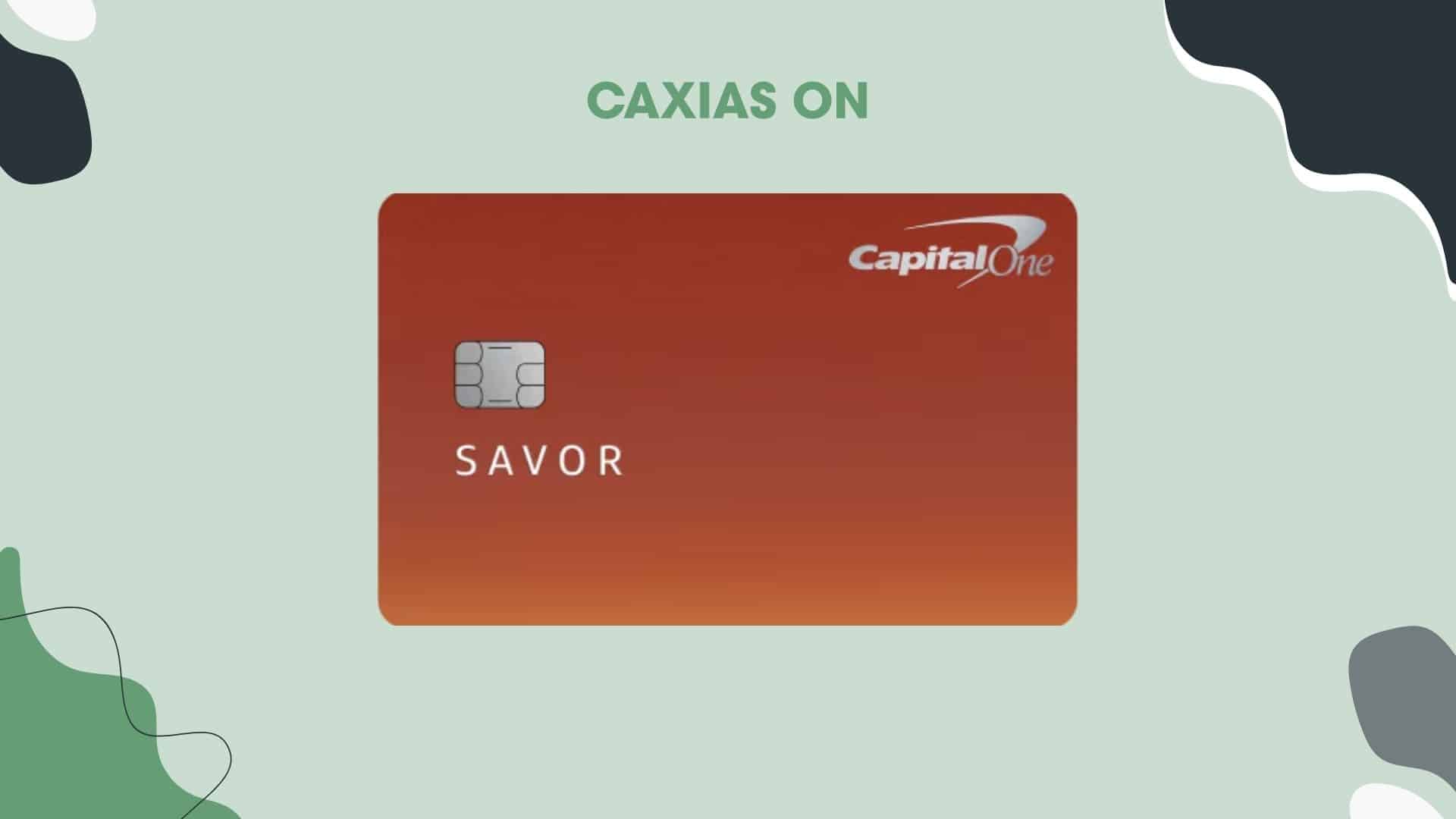In 2025, both the United States and Canada are navigating distinct economic pressures, resulting in varied lending practices. By comparing interest rates across borders, we gain a clearer picture of how each country supports or restricts consumer credit access.
Although both countries share economic ties, their monetary policies have diverged recently, impacting borrowing in different ways. Factors such as inflation control strategies, housing market dynamics, and central bank actions all shape the current environment of loan accessibility.
The Current State of Interest Rates in 2025

As of mid-2025, interest rates have remained a focal point for policymakers in both the US and Canada. The US Federal Reserve has taken a cautious stance, keeping rates elevated to manage inflation, while the Bank of Canada has begun a gradual easing cycle due to slowing economic growth.
In the US, the average 30-year fixed mortgage hovers around 6.75%, while personal loans from banks or online lenders tend to fall between 10.5% and 13.2%. In contrast, Canadian borrowers are currently seeing mortgage rates around 5.9% for fixed terms, with personal loan averages slightly lower, ranging from 9.1% to 11.3%.
Mortgage Lending: Stability vs. Flexibility
United States Mortgage Trends
Homebuyers in the US are still facing historically high housing costs, coupled with elevated interest rates. Fixed-rate mortgages remain the norm, offering predictability in monthly payments despite the higher costs. Adjustable-rate options are less popular, primarily due to economic uncertainty and limited short-term rate relief. Borrowers often need:
- Strong credit scores (above 700)
- Down payments of 10% or more
- Consistent employment history
These requirements aim to mitigate lender risk in a volatile market, but they also make homeownership harder for first-time buyers. Many prospective buyers struggle to meet the strict criteria, especially amid rising living costs and stagnant wages.
Canada’s Mortgage Environment
In Canada, while fixed rates remain popular, there’s a growing shift toward variable-rate options. This trend reflects optimism regarding rate cuts in the latter half of 2025. Canadian mortgages typically come with shorter fixed terms (often 5 years), which makes the market more sensitive to rate fluctuations.
Personal Loans: Flexibility with a Cost
American Borrowers: Diverse Loan Options
In the US, the personal loan market is expansive, with fintech platforms competing alongside traditional banks. Consumers can access loans quickly, though often at higher rates. Lending terms are influenced by credit history, debt-to-income ratio, and loan purpose. While these loans offer flexibility for debt consolidation, medical bills, or large purchases.
Canadian Alternatives: Slightly More Affordable
Canadian personal loan structures are similar, yet slightly more borrower-friendly in terms of cost. Credit unions and large banks dominate the space, offering relatively lower rates and consistent underwriting standards. However, loan approval may be more conservative compared to some US lenders.
Key Differences That Matter to Borrowers
When deciding between loans in the US and Canada, several differences stand out. These affect not only monthly payments but also long-term financial commitments. From approval processes to interest rates structures and borrower protections. Main differentiators include:
- Loan approval criteria: Canadian lenders tend to be stricter, especially with stress testing.
- Rate structures: US fixed-rate mortgages offer predictability, while Canadian loans are more dynamic.
- Regulatory oversight: Canada enforces tighter lending regulations, particularly for personal credit.
Understanding these distinctions is vital for cross-border professionals, immigrants, or individuals considering property investments on either side of the border. Each country’s lending environment carries unique implications for affordability, loan flexibility, and financial planning.
Interest Rates: Final Considerations for 2025 Borrowers
Navigating the loan landscape in 2025 requires careful analysis of both interest rates and lender requirements. In the US, although more flexible lending options are available. Meanwhile, Canada provides slightly lower average rates but applies more stringent lending conditions.
Choosing between these markets—or even within them—demands a balance between immediate financial goals and long-term affordability. Borrowers should always compare offerings from multiple institutions, assess hidden fees, and calculate total repayment costs before committing.




